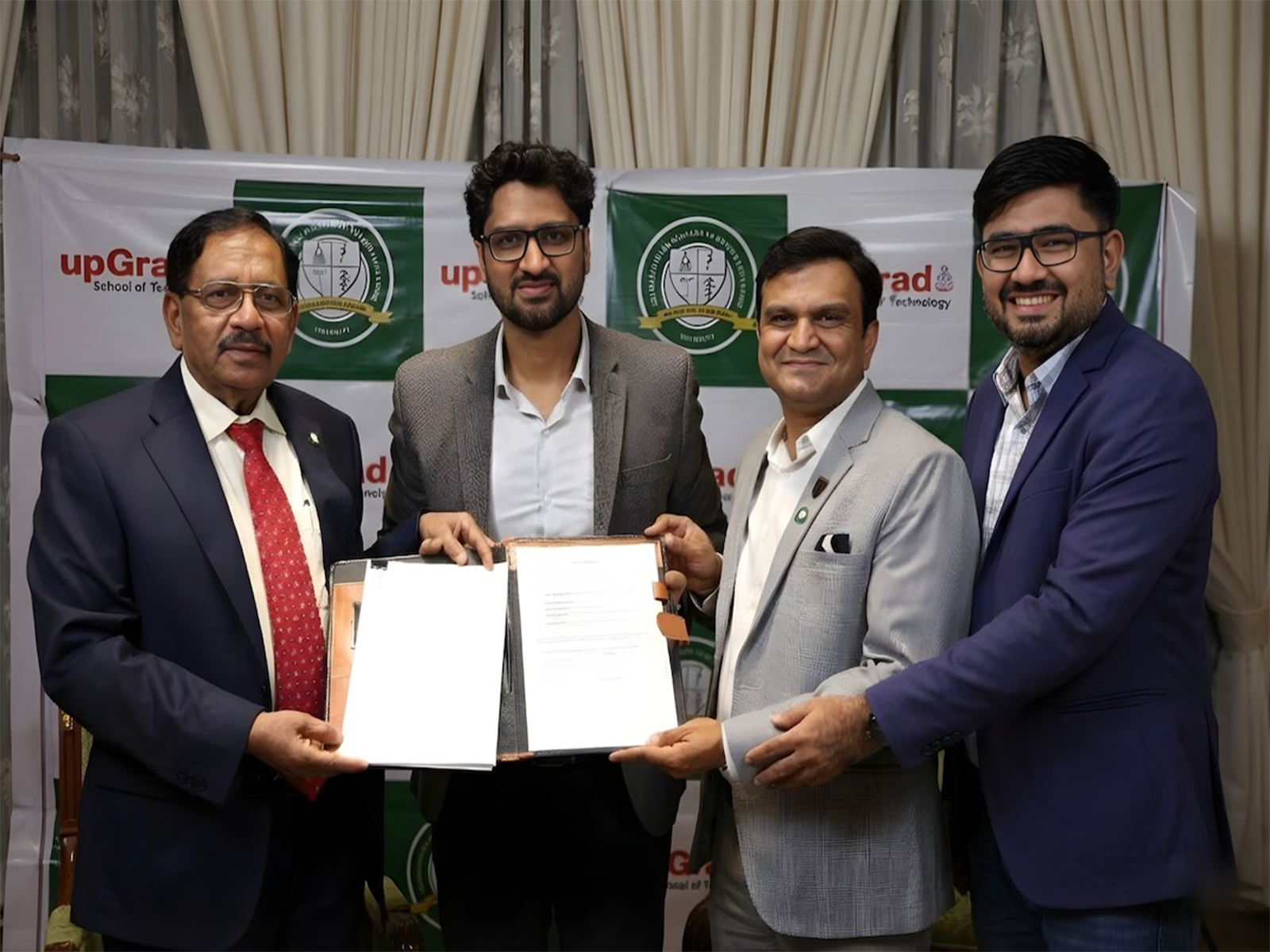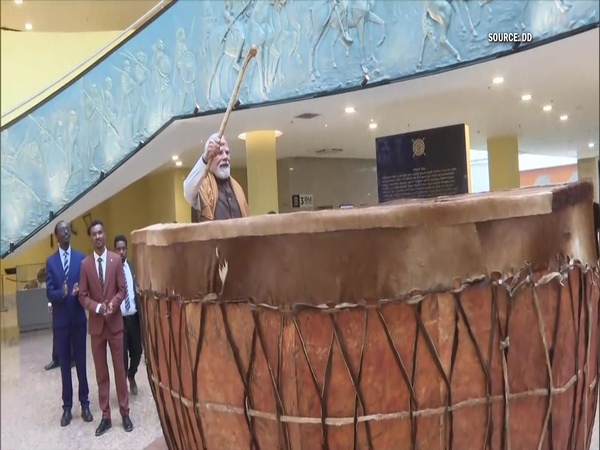Research shows handwriting has certain benefits over watching videos, typing
Jul 10, 2021

Washington [US], July 10 : A new study has found that handwriting helps people learn certain skills surprisingly faster and significantly better than learning the same material by watching videos or typing.
The findings of the study were published in the journal 'Psychological Science'.
"The question out there for parents and educators is why should our kids spend any time doing handwriting," said senior author Brenda Rapp, a Johns Hopkins University professor of cognitive science.
Rapp added, "Obviously, you're going to be a better hand-writer if you practice it. But since people are handwriting less than maybe who cares? The real question is: Are there other benefits to handwriting that have to do with reading and spelling and understanding? We find there most definitely are."
Rapp and lead author Robert Wiley, a former Johns Hopkins University Ph.D. student who is now a professor at the University of North Carolina, Greensboro, conducted an experiment in which 42 people were taught the Arabic alphabet, split into three groups of learners: writers, typers and video watchers.
Everyone learned the letters one at a time by watching videos of them being written along with hearing names and sounds. After being introduced to each letter, the three groups would attempt to learn what they just saw and heard in different ways.
The video group got an on-screen flash of a letter and had to say if it was the same letter they'd just seen. The typers would have to find the letter on the keyboard. The writers had to copy the letter with pen and paper.
In the end, after as many as six sessions, everyone could recognise the letters and made few mistakes when tested. But the writing group reached this level of proficiency faster than the other groups - a few of them in just two sessions.
Next, the researchers wanted to determine to what extent, if at all, the groups could generalize this new knowledge. In other words, they could all recognise the letters, but could anyone really use them like a pro, by writing with them, using them to spell new words, and using them to read unfamiliar words?
The writing group was better - decisively - in all of those things.
"The main lesson is that even though they were all good at recognizing letters, the writing training was the best at every other measure. And they required less time to get there," Wiley said.
The writing group ended up with more of the skills needed for expert adult-level reading and spelling. Wiley and Rapp said it's because handwriting reinforces the visual and aural lessons.
The advantage has nothing to do with penmanship - it's that the simple act of writing by hand provides a perceptual-motor experience that unifies what is being learned about the letters (their shapes, their sounds, and their motor plans), which in turn creates richer knowledge and fuller, true learning, the team said.
"With writing, you're getting a stronger representation in your mind that lets you scaffold toward these other types of tasks that don't in any way involve handwriting," Wiley said.
Although the participants in the study were adults, Wiley and Rapp expect they'd see the same results in children. The findings have implications for classrooms, where pencils and notebooks have taken a backseat in recent years to tablets and laptops, and teaching cursive handwriting is all but extinct.
The findings also suggested that adults trying to learn a language with a different alphabet should supplement what they're learning through apps or tapes with good old-fashioned paperwork.
Wiley, for one, is making sure the kids in his life are stocked up on writing supplies.
"I have three nieces and a nephew right now and my siblings ask me should we get them crayons and pens? I say yes, let them just play with the letters and start writing them and write them all the time. I bought them all finger paint for Christmas and told them let's do letters," Wiley concluded.




















